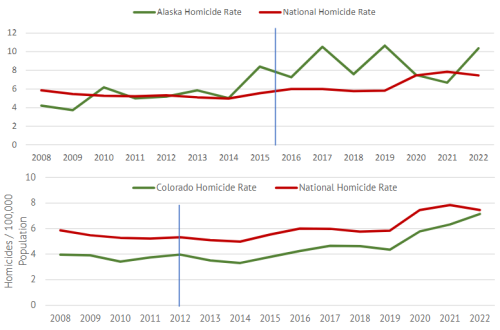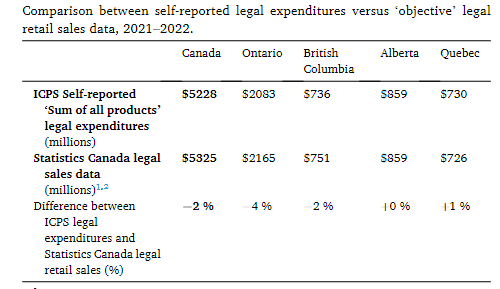Drug Policy Question of the Week – 8-31-10
As answered by Mary Jane Borden, Editor of Drug War Facts for the Drug Truth Network on 8-23-10. http://www.drugtruth.net/cms/node/3042
Question of the Week: What makes drugs illegal?
It all has to do with a federal law passed in 1970. According to a 2009 Congressional Research Service report,
“With increasing use of marijuana and other street drugs during the 1960s, notably by college and high school students, federal drug-control laws came under scrutiny. In July 1969, President Nixon asked Congress to enact legislation to combat rising levels of drug use. Hearings were held, different proposals were considered, and House and Senate conferees filed a conference report in October 1970. The report was quickly adopted by voice vote in both chambers and was signed into law as the Comprehensive Drug Abuse Prevention and Control Act of 1970. … Included in the new law was the Controlled Substances Act.”
The CSA can be found under Title 21 of the U.S. Commercial Code. Subchapter I, Sections 801-971 specify drug control and enforcement.
Under the CSA, drugs are classified into one of five schedules. In theory, Schedule I is reserved for those drugs determined to be the most dangerous and to require the most control. Drugs in Schedules II-V are thought to be safer and thus progressively less tightly controlled.
Schedule I drugs include heroin, MDMA, Ibogaine, LSD, Marijuana, Mescaline, Peyote, Psilocybin, Tetrahydrocannabinols, and GHB. Schedule II drugs include opium, coca, cocaine, fentanyl, and methadone. Anabolic steroids, buprenorphine, and ketamine are found in Schedule III with diazepam (or valium) and zopiclone (or Lunesta) in Schedule IV. In small dosages often for cough syrups, opium and its analog codeine can also be found in Schedule V.
These facts and others like them can be found in the Crime chapter of Drug War Facts at www.drugwarfacts.org.
Questions concerning these or other facts concerning drug policy can be e-mailed to [email protected].



